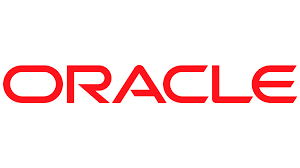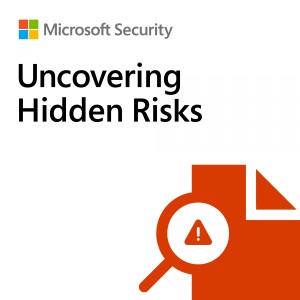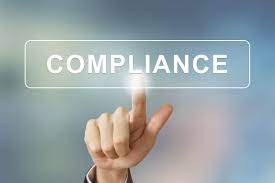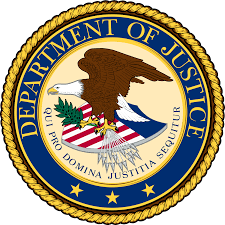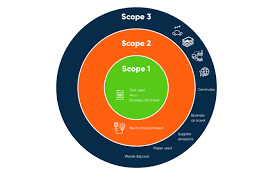Oracle Corporation now joins the ignominious group of Foreign Corrupt Practices Act (FCPA) recidivists. Last week, in a Press Release, the Securities and Exchange Commission (SEC) announced an enforcement action which required Oracle to pay more than $23 million to resolve charges that it violated the FCPA when “subsidiaries in Turkey, the United Arab Emirates (UAE), and India created and used slush funds to bribe foreign officials in return for business between 2016 and 2019.” The recidivist label comes from the sad fact that the SEC “sanctioned Oracle in connection with the creation of slush funds. In 2012, Oracle resolved charges relating to the creation of millions of dollars of side funds by Oracle India, which created the risk that those funds could be used for illicit purposes.”
As reported in the FCPA Blog, Oracle is now one of 15 FCPA recidivists out of a total of 246 FCPA enforcement cases. This gives a recidivism rate of 6.1%. Clearly recidivism is also on the mind of the Department of Justice (DOJ) in the announcement of the Monaco Doctrine and release of the Monaco Memo. Given the overall tenor of the Oracle SEC Order, it is not clear if the SEC has the same level of concern as the DOJ on repeat offenders.
According to the Order, from at least 2014 through 2019, “employees of Oracle subsidiaries based in India, Turkey, and the United Arab Emirates (collectively, the “Subsidiaries”) used discount schemes and sham marketing reimbursement payments to finance slush funds held at Oracle’s channel partners in those markets. The slush funds were used both to (i) bribe foreign officials, and/or (ii) provide other benefits such as paying for foreign officials to attend technology conferences around the world in violation of Oracle’s internal policies.” I guess those employees at the subsidiaries, and specifically those in India, did not receive the Memo about Oracle’s 2012 FCPA settlement, where they promised to institute a series of internal controls to clean up the problem.
During the period in question, Oracle used two sales models, direct and indirect. Under the direct model, Oracle transacted directly with customers who paid Oracle directly. Under the indirect method, Oracle transacted through various types of third parties including straight distributor models, value added distributors (VADs) and value added resellers (VARs). While Oracle used the indirect sales model for a variety of legitimate business reasons, such as local law requirements or to satisfy payment terms, it recognized since at least 2012 that the indirect model also presented certain risks of abuse – including the creation of improper slush funds.
Learning one lesson from the 2012 enforcement action, “Oracle utilized a global on-boarding and due diligence process for these channel partners that Oracle implemented at the regional and country levels. Oracle only permitted its subsidiaries to work with VADs or VARs who were accepted to its Oracle Partner Network (“OPN”). Similarly, Oracle prohibited its subsidiaries from conducting business with companies removed from the OPN.”
Distributor Discounts
According to its policies regarding distributors, a valid and legitimate business reason was required to provide a discount to a distributor. Oracle used a three-tier system for approving discount requests above designated amounts, depending on the product. In the first level, Oracle at times allowed subsidiary employees to obtain approval from an approver in a subsidiary other than that of the employee seeking the discount. At the next level and for higher level of discounts, Oracle required the subsidiary employee to obtain approval from Oracle corporate headquarters. The final level was a committee which had to approve the highest levels of discount.
The weakness in the Oracle distributor discount policy was that “while Oracle policy mandated that all discount requests be supported by accurate information and Oracle reviewers could request documentary support, Oracle policy did not require documentary support for the requested discounts – even at the highest level.” The standard requests for discounts were those previously seen in the Microsoft FCPA enforcement action, including “budgetary caps at end customers or competition from other original equipment manufacturers.” As the Order noted, “Oracle Subsidiary employees were able to implement a scheme whereby larger discounts than required for legitimate business reasons were used in order to create slush funds with complicit VADs or VARs.” Naturally it allowed distributors which “profited from the scheme by keeping a portion of the excess deal margin” to create a pot of money to pay a bribe.
Marketing Reimbursements
Distributor policies also allowed Oracle sales employees at the Subsidiaries to “request purchase orders meant to reimburse VADs and VARs for certain expenses associated with marketing Oracle’s products.” Once again there was a multi-pronged approval process in place. For marketing reimbursements “under $5,000, first-level supervisors at the Subsidiaries could approve the purchase order requests without any corroborating documentation indicating that the marketing activity actually took place.” Above this $5,000 threshold, additional approvals were required with additional requirements for business justification and documentation.
With these clear and glaring internal control gaps, you can see where it all went wrong for Oracle, the Order noted that “Oracle Turkey sales employees opened purchase orders totaling approximately $115,200 to VADs and VARs in 2018 that were ostensibly for marketing purposes and were individually under this $5,000 threshold.” Yet even when the $5,000 threshold was breached and supervisory approval was required in Turkey and the UAE, “The direct supervisors of these sales employees, who were complicit in the scheme, approved the fraudulent requests.” It is not clear if Oracle compliance had visibility into marketing reimbursement protocols. Of course, the “Oracle subsidiary employees in Turkey and the United Arab Emirates requested sham marketing reimbursements to VADs and VARs as a way to increase the amount of money available in the slush funds held at certain channel partners.” These slush funds were then used to pay bribes.
Please join me tomorrow where I look at the bribery schemes in action and how Oracle was able to obtain such an outstanding resolution and their extensive and aggressive remedial actions.


